The Girls of Star Trek: The Original Series - Alyce Andrece as Alice
In "I, Mudd," the Enterprise is hijacked by an android named Norman who takes the ship to a planet populated entirely by androids. There, the crew encounters Harry Mudd, a con man and smuggler previously seen in the first season episode "Mudd's Women." Mudd has declared himself ruler of the android population, referring to himself as "Mudd the First."en.wikipedia
The androids were built by travelers from the Andromeda Galaxy whose planet was destroyed by a supernova. Now numbering over 200,000, the androids have their own agenda: they wish to study and serve humans, but have no intention of letting them leave.en.wikipedia
Alyce Andrece plays Alice #1-#250, one of many identical female androids on the planet. Her twin sister, Rhae Andrece, portrays Alice #251-#500, creating a striking visual effect of hundreds of identical women.imdb The Alice models are beautiful, servile, and designed to cater to human desires, but they are part of the androids' plan to eventually take over human societies by appearing to be perfect servants.
The Actress Behind the Android
Alyce Andrece was born Alice Rhae Bielfeldt on September 5, 1936, in Thornton, Illinois. Along with her identical twin sister Rhae, she pursued a career in acting and music during the 1960s and early 1970s.memory-alpha.fandom
Her appearance in "I, Mudd" was particularly memorable, as it utilized the identical appearance of the twins to create the illusion of multiple copies of the same android model. Filming for her scenes took place between August 14-18, 1967, at Desilu Stage 10.memory-alpha.fandom
Outside of Star Trek, Alyce and her sister appeared together in several television shows including "Bonanza" (in an episode directed by Joseph Pevney, who also directed several Star Trek episodes), "Batman" (alongside Yvonne Craig, who played Batgirl), and the 1970 film "Hell's Bloody Devils." The twins were also talented singers, performing in a jazz-pop group called "The Sound of Feeling" in the late 1960s.memory-alpha.fandom
Alyce Andrece passed away on May 14, 2005, at the age of 68 in Sherman Oaks, California.memory-alpha.fandom
Social Themes in "I, Mudd"
This episode, while primarily comedic in tone, touches on several themes that were significant in the 1960s and remain relevant today:
-
Artificial Intelligence and Humanity: The episode explores the relationship between humans and artificial intelligence, questioning what it means to be human and whether machines could ever truly understand or replicate the human experience.
-
Freedom vs. Comfort: The androids offer the crew a life of perfect comfort and service, but at the cost of their freedom. This reflects the ongoing philosophical debate about whether comfort and security are worth sacrificing personal liberty.
-
Consumerism and Materialism: Mudd's desire for wealth and luxury, and the androids' attempt to appeal to humans through physical beauty and service, can be seen as a critique of materialistic values.
The episode resolves with Captain Kirk and his crew using illogical behavior and paradoxes to confuse and ultimately defeat the androids, asserting that human unpredictability and emotion are valuable traits that cannot be replicated by machines.
Fun Fact
A fascinating behind-the-scenes detail about "I, Mudd" is that while Stephen Kandel is credited as the writer, science fiction author David Gerrold (who wrote the famous episode "The Trouble with Tribbles") performed an uncredited rewrite on the script. Producer Gene L. Coon reportedly offered to put the matter of credit up for Writers Guild arbitration, but Gerrold declined.en.wikipedia This collaborative approach to scriptwriting was common during the original series and contributed to the show's unique creative voice.
Alyce Andrece and her twin sister Rhae created one of the most visually memorable android characters in Star Trek history, and their portrayal of the Alice models remains an iconic image from the original series. While not central characters, the Alice androids represent the fascinating intersection of beauty, technology, and humanity that made Star Trek: The Original Series such a thought-provoking show.
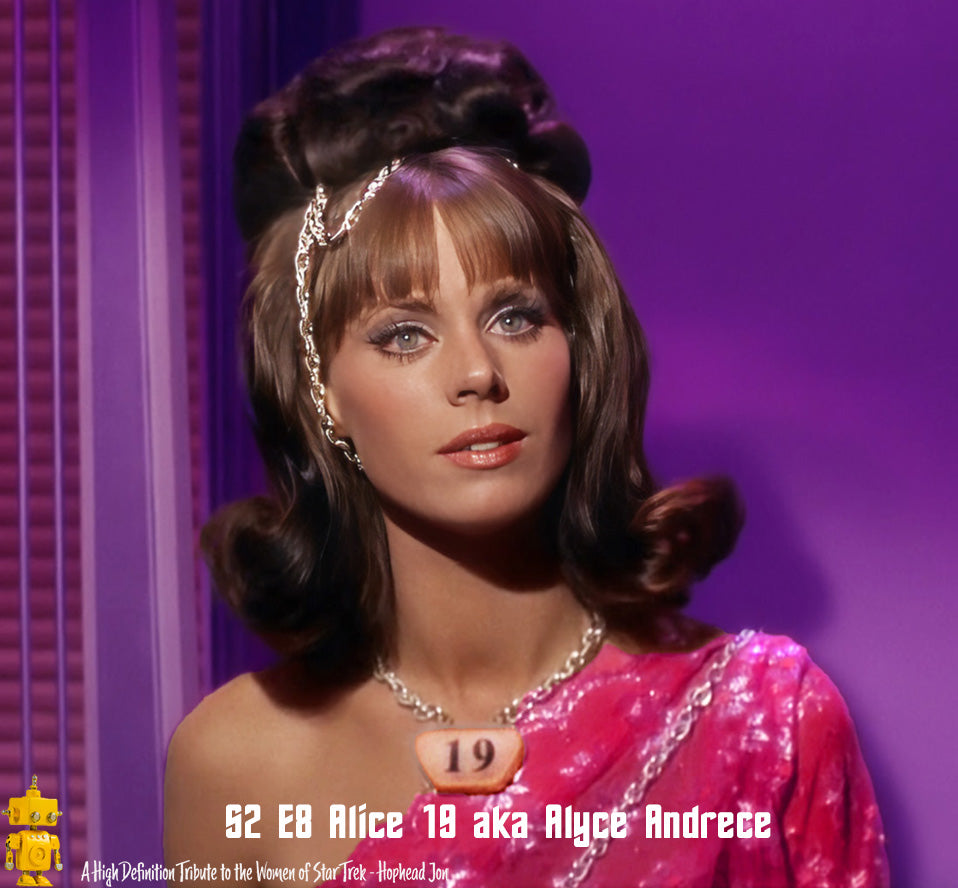

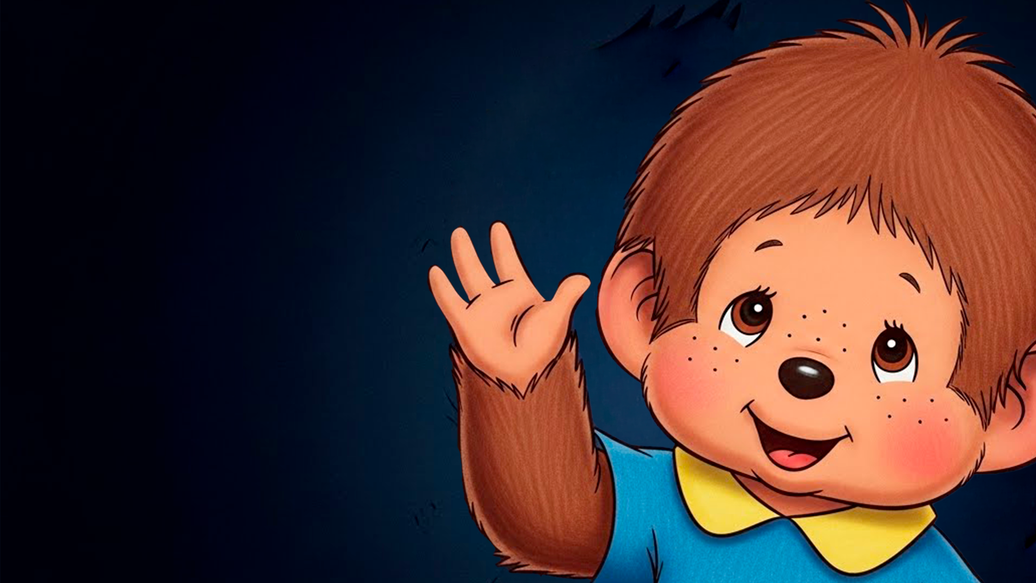
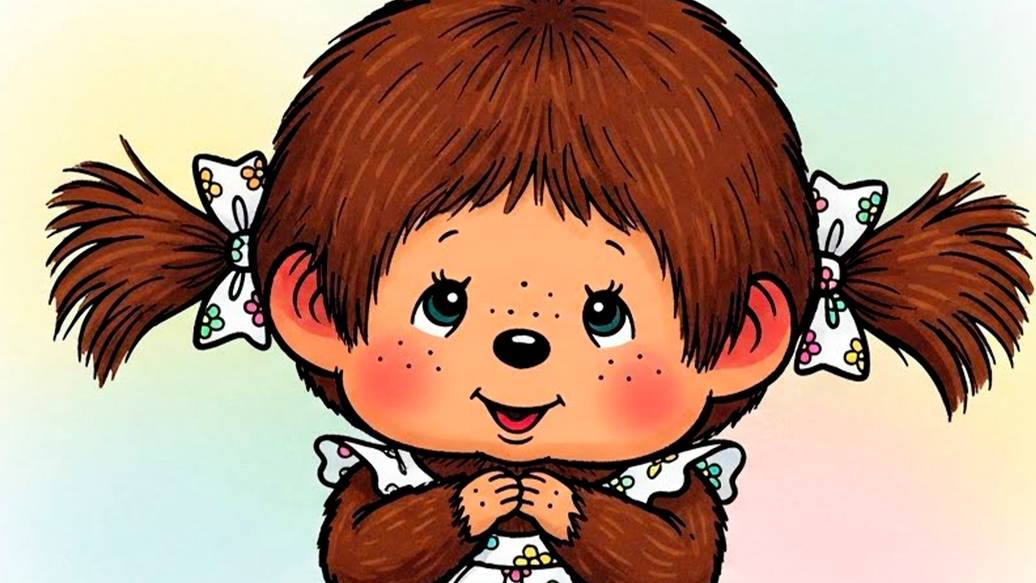
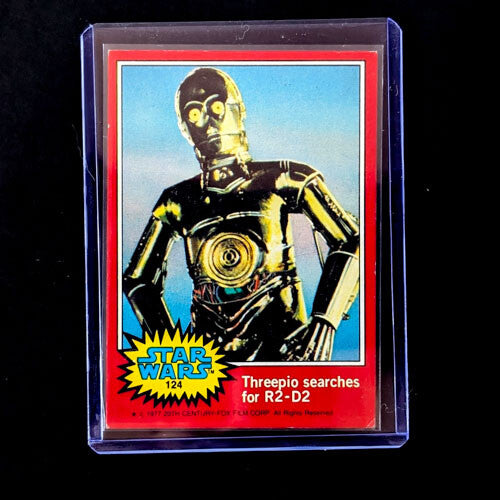

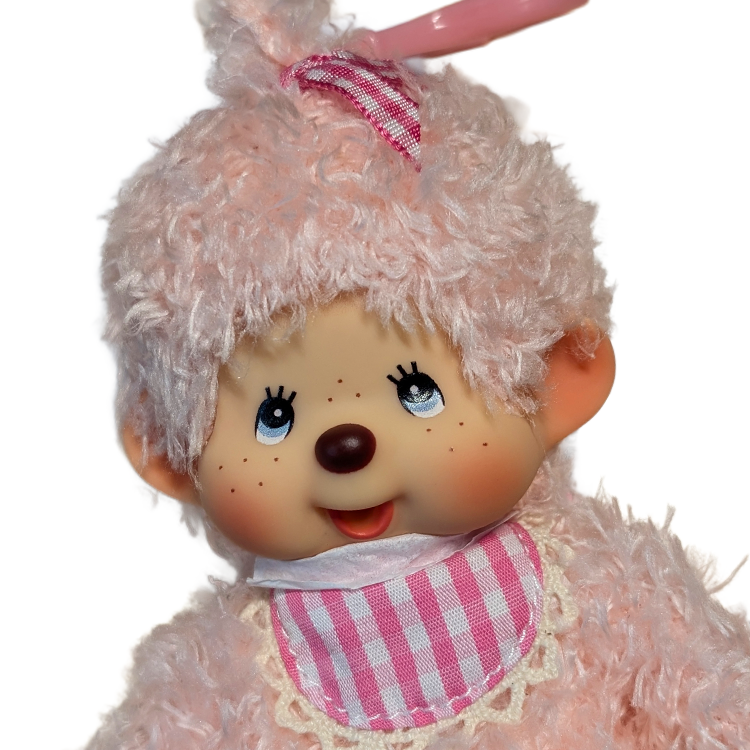



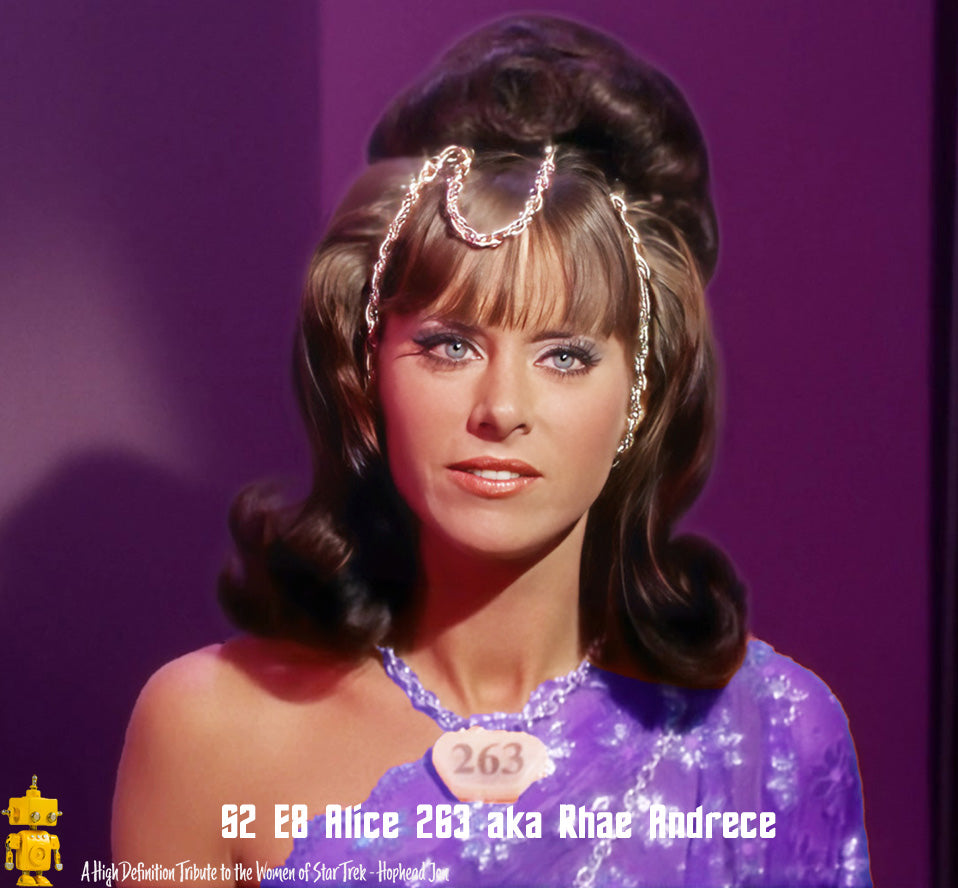
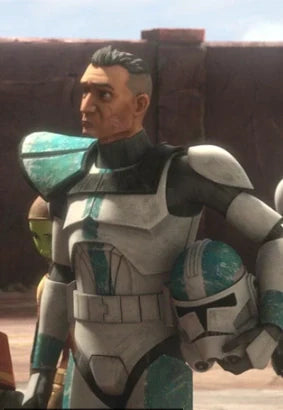
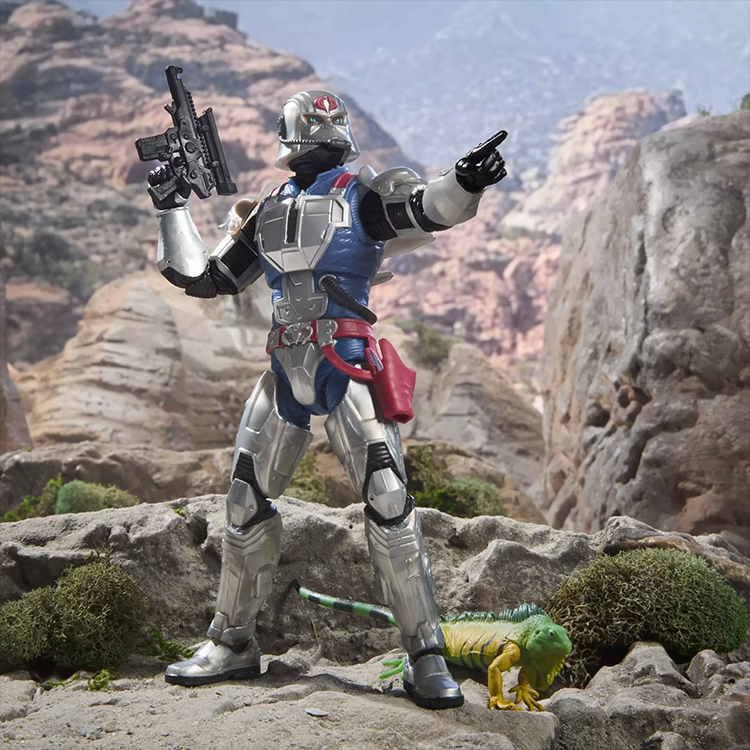

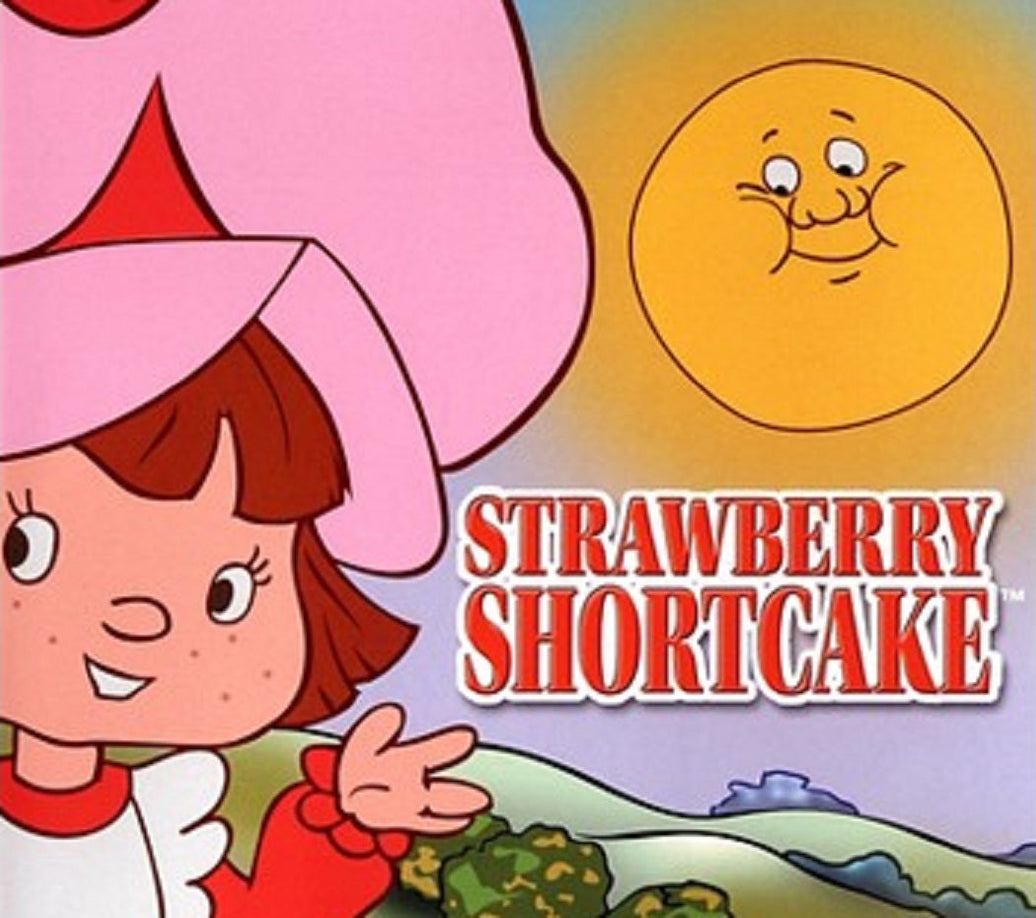
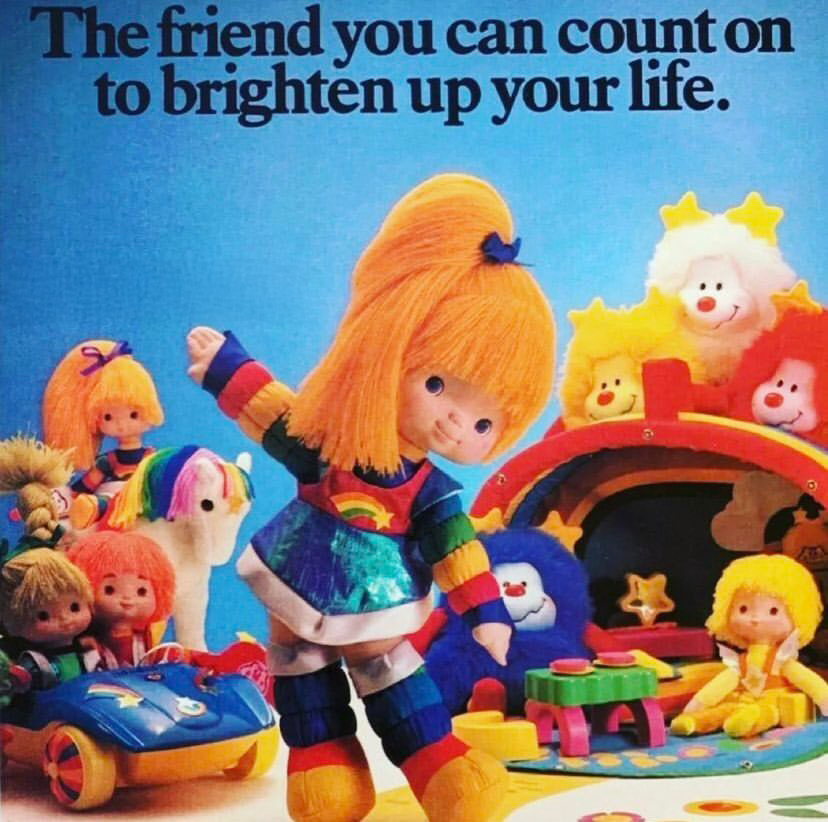
Leave a comment